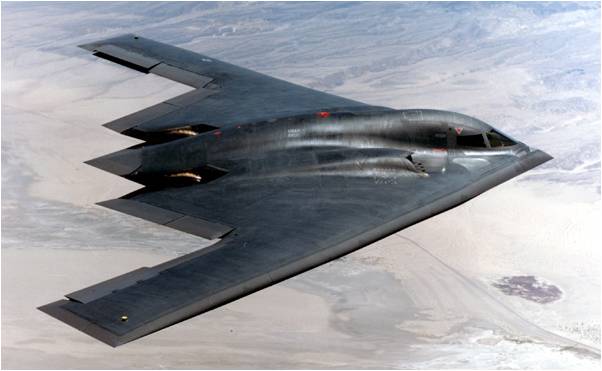Roads might not seem like a very political technology at first. However, there are many issues and effects of roads that make it a complex political issue. First, I will discuss the history of roads then how roads can be political. Also, I will go into some effects of the building of roads, both economical and environmental.
I won’t bore you with a definition of a road but they are used mainly for the transportation of goods, services, and people. Roads were first built in the Middle East around 4000 BC. These roads were made of paved stone, which is not too unlike the roads we see today. The U.S. has the most roads of any country in the world with 4 million miles.
So how does a road become political? Roads are almost always financed by the public sector. This means its done by our governments, both state and local, with our taxpayer dollars. Like death, taxes are certain and everyone pays them. However, the problem arises in the fact that the implementation of roadways are only decided by a select few. One of the most widely used public good is controlled by a very small percentage of its users.
You might look at road or highway being built and not think much of it, but the effect that road has on a community, an area, and a region can be far-reaching. A road can bring people and business to a community or town. However, if a town is not part of the road or highway, it can be overlooked. This can cause people to move away, businesses to close down, and generally hurt the community. Roadways can also bring new services and goods to a town that was once cut off from other areas. This can result in different kinds of food being trucked in from all over the country. Large highways and turnpikes might seem to help diversify local culture by being able to allow access for different ideas and attitudes. However, these types of roads bring out a degree of standardization. The different types of restaurants on any major highway is a good example. You will see McDonald’s, Burger King, and other fast-food corporations. This type of standardization cuts off local restaurants and diners that once would have been the place to stop before that 4 lane highway was put in. Another effect of roads can be environmental. Roads can cause water, air, and noise pollution. Roads are impervious surfaces that do not allow water to seep into the ground easily. This causes more runoff and less water in our soils. Also, automobiles create pollution by the liquids they leak (oil, anti-freeze, etc.) as well as the gases they emit (CO,CO2). Also, spraying ice to help thaw ice can have a negative effect on the local watershed if environmentally unfriendly products are used.

So how do we still build more roads when the land is already owned? Eminent Domain allows for a state to seize a citizen’s private property without their consent as long as the state pays due compensation. This is often done to build widen roads as towns become more populated. I saw evidence of this first hand when my own lawn was shortened because of the local township widening a road beside my property. Eminent domain is used for more than just roads. Many public goods such as water treatment facilities, electrical power-lines, and powerplants rely on eminent domain to acquire the land to build on.
Roads can affect towns, economies, regions, and cultures. They are one if the most shared and widely used public goods. However, even though they affect everyone and anyone, they are only controlled by a select few.
References
http://www.expertlaw.com/library/real_estate/eminent_domain.html
http://www.abc.net.au/reslib/200707/r157257_569758.jpg
http://unix.eng.ua.edu/~rpitt/Publications/BooksandReports/Stormwater%20Effects%20Handbook%20by%20%20Burton%20and%20Pitt%20book/MainEDFS_Book.html
http://books.google.com/books?visbn=0813526914&id=flvS-nJga8QC&pg=PR3&lpg=PR3&ots=DvEHtwROGm&dq=%22Ways+of+the+world%22+Rutgers+University+Press,+New+Brunswick&sig=tK2dgY-CJ8S2DSeTaMJKKi82Uew#v=onepage&q=%22Ways%20of%20the%20world%22%20Rutgers%20University%20Press%2C%20New%20Brunswick&f=false
https://www.cia.gov/library/publications/the-world-factbook/




